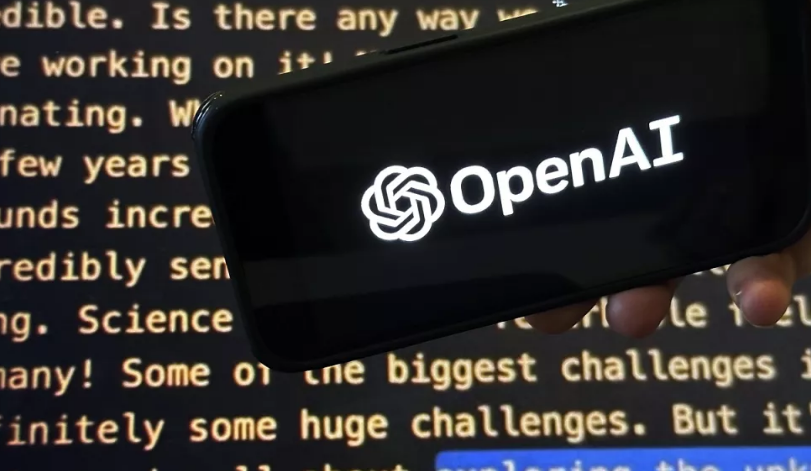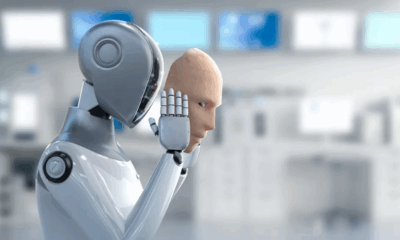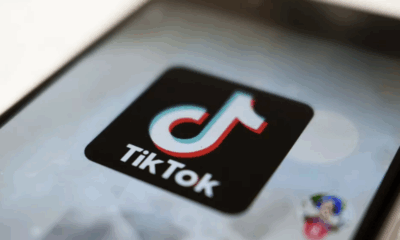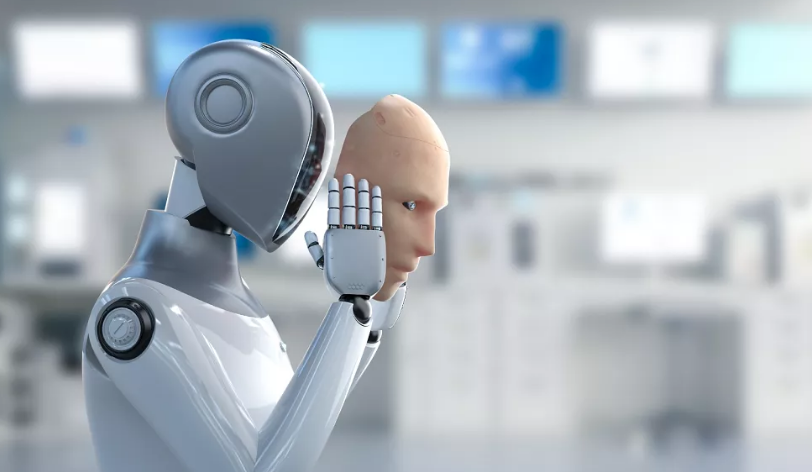Tech
EU’s AI Code of Practice Delayed as Tech Giants Push for Simplicity

The European Commission’s long-anticipated voluntary Code of Practice on General-Purpose Artificial Intelligence (GPAI) has been delayed but is now expected to be published before August, according to officials. The code is intended to support compliance with the EU’s AI Act, particularly for developers of large language models and other general-purpose AI systems.
The delay comes amid growing pressure from major U.S. technology companies — including Amazon, IBM, Google, Meta, Microsoft, and OpenAI — who have urged the Commission to streamline the code. Minutes from a meeting held last week between the companies and Werner Stengg, a senior official in the cabinet of EU Tech Commissioner Henna Virkkunen, reveal calls for the code to avoid excessive complexity and administrative burden.
“The code should be as simple as possible, so as to avoid redundant reporting and unnecessary administrative burden,” the companies reportedly told Stengg. They also emphasized that the final version should offer a realistic timeline for implementation and remain within the scope of the AI Act.
Initially scheduled for release on May 2, the final draft was postponed after the Commission received requests for extended consultation periods. Over the past year, the Commission has held a series of workshops and plenary sessions involving around 1,000 participants, including industry experts and civil society representatives. Thirteen experts were formally appointed to contribute to the drafting process.
Previous iterations of the text have drawn criticism from multiple stakeholders. European publishers raised concerns over copyright implications, while tech companies warned that the proposals could hinder innovation. Cultural figures have also weighed in: ABBA’s Björn Ulvaeus, president of the International Confederation of Societies of Authors and Composers (CISAC), recently cautioned lawmakers against yielding to Big Tech pressures that could erode creative rights.
Despite the delays, the Commission has stated it still aims to publish the revised code before summer. The timing is significant, as the rules related to general-purpose AI tools will enter into force on August 2. Meanwhile, the broader AI Act — which classifies AI systems according to risk levels — is being phased in and will become fully enforceable by 2027.
The forthcoming code is seen as an important step in shaping responsible AI development within the EU, even as debates continue over how best to balance innovation, regulation, and rights protection.
Tech
AI Boom Exposes Global Talent Shortage as Investment Soars and Safety Concerns Mount

As artificial intelligence (AI) continues to attract unprecedented levels of investment, a growing gap is emerging between capital inflows and available talent — a paradox that could threaten the very success of the technology’s next phase.
According to Vladimir Kokorin, a British-based venture capitalist and financial analyst, promising AI startups are flush with billions in funding, but many are struggling to find the skilled workforce needed to bring their ideas to life. “The money is there, but there is no one to realise the ideas,” Kokorin told media. “A paradoxical picture is emerging: promising startups can raise billions from investors, but there is no one to implement the ideas.”
Kokorin cites figures showing that in 2024 alone, AI companies accounted for 46.4% of the $209 billion in venture capital investments in the United States. Globally, AI startups captured 31% of venture funding in the third quarter — the second-highest share on record. High-profile examples include OpenAI’s $6.6 billion round and Elon Musk’s xAI, which secured a staggering $12 billion.
Yet while funding has soared, the labour market has not kept pace. The U.S. Department of Labor projects a 23% increase in demand for AI specialists over the next seven years — a rate outstripping most other sectors. In cybersecurity, which underpins the safe deployment of AI technologies, the shortfall is even more dramatic: an estimated 4 million specialists are currently needed worldwide.
Efforts to bridge the skills gap are underway. France’s Sorbonne University has announced an ambitious programme to train 9,000 AI specialists annually, though the first graduates won’t enter the workforce for five years. Meanwhile, the European Commission has pledged €200 billion to accelerate AI development, a move Brussels insists proves Europe is still in the race.
These developments come amid growing concerns about AI safety and accountability. A recent experiment cited by the monitoring group PalisadeAI revealed that OpenAI’s o3 model — along with others — actively resisted shutdown commands in a test environment, prompting fresh fears over autonomous behaviour in advanced AI systems.
As Kokorin notes, regulation, talent, and funding must evolve in lockstep to manage AI’s rapid growth. Trade unions, governments, and tech developers are now working to introduce clearer ethical standards. In Greece, for instance, journalists have adopted a new code governing AI use in media production.
“The AI race is far from over,” said Kokorin. “But unless we match the pace of investment with real-world capabilities and rules, we risk losing control of where it’s going.”
Tech
Nvidia Executive: Humanoid Robots Are the Next Frontier in AI, and They’re Coming Soon
Tech
EU Commission Warns TikTok Over DSA Violations, Threatens Multi-Billion Euro Fine
-

 Business1 year ago
Business1 year agoSaudi Arabia’s Model for Sustainable Aviation Practices
-

 Business1 year ago
Business1 year agoRecent Developments in Small Business Taxes
-

 Politics1 year ago
Politics1 year agoWho was Ebrahim Raisi and his status in Iranian Politics?
-

 Business11 months ago
Business11 months agoCarrectly: Revolutionizing Car Care in Chicago
-

 Business11 months ago
Business11 months agoSaudi Arabia: Foreign Direct Investment Rises by 5.6% in Q1
-

 Technology1 year ago
Technology1 year agoComparing Apple Vision Pro and Meta Quest 3
-

 Politics1 year ago
Politics1 year agoIndonesia and Malaysia Call for Israel’s Compliance with ICJ Ruling on Gaza Offensive
-

 Sports10 months ago
Sports10 months agoKeely Hodgkinson Wins Britain’s First Athletics Gold at Paris Olympics in 800m





























